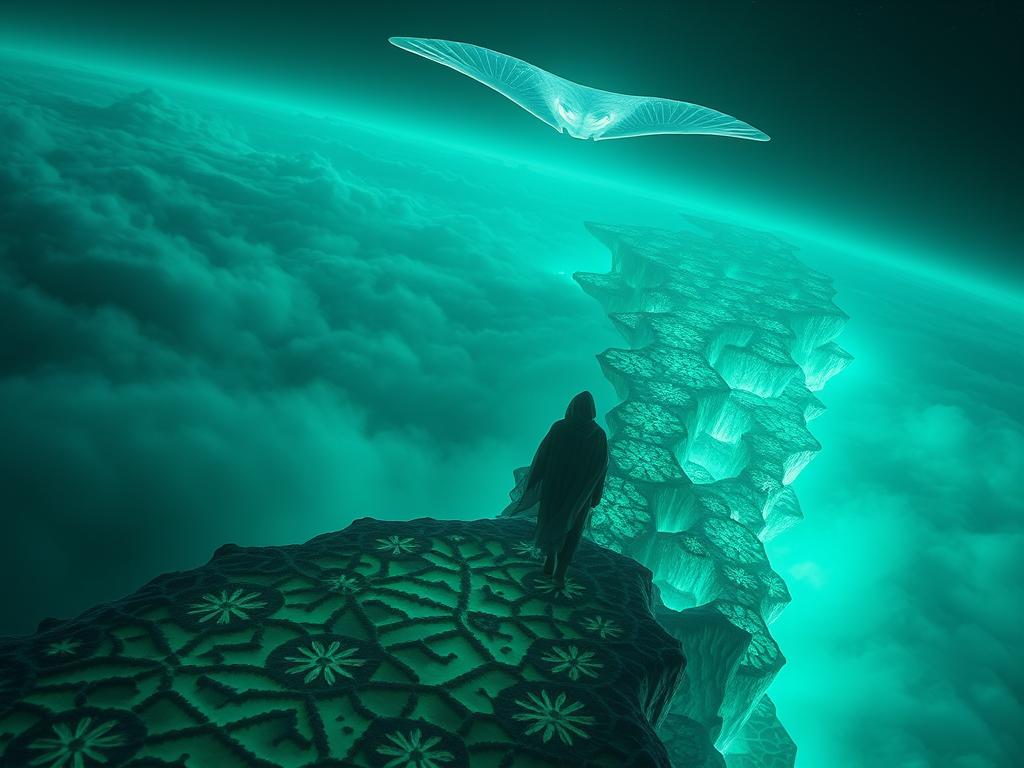Picture A Mischievous Little Elf Seated Precariously On The Edge Of A Tall Bookshelf In A Warmly Lit
Picture a mischievous little elf seated precariously on the edge of a tall bookshelf in a warmly lit living room. The shelves are cluttered with a mix of classic novels, holiday-themed knick-knacks, and a scattering of pinecones. This elf, however, has clearly been busy creating chaos—tiny strings of tinsel dangle from the books, a small ornament lies cracked on the floor below, and a roll of wrapping paper is unraveled in a haphazard line leading back to the tree. The elf is dressed in its traditional red and white attire, but with a twist—a green scarf is tied around its neck as though it’s bracing for a chilly indoor adventure. Nearby, the Christmas tree glows softly with multicolored lights. Its branches are loaded with mismatched ornaments, and a golden star tilts slightly to one side, as if the elf tried to climb up but gave up halfway. On the coffee table, a small plate of crumbs suggests that the elf has stolen a cookie from someone’s snack stash. A steaming cup of hot cocoa with whipped cream and marshmallows sits beside the plate, as though someone just left the room moments ago. In the background, there’s a crackling fireplace with a wooden mantle, adorned with stockings embroidered with names in cursive. Above it, a vintage clock ticks slowly toward midnight. The scene feels alive, every detail speaking to the quiet excitement of the holidays: the sense that something magical—and perhaps a little troublesome—is always just around the corner. The overall mood is cozy but filled with a playful energy, as though the elf is plotting its next move. The lighting casts soft shadows, accentuating the warm tones of the room and the slight glint in the elf’s mischievous eyes.
07.12.2024 08:12
Related Images














